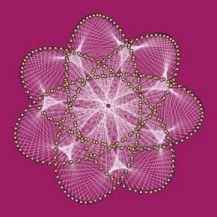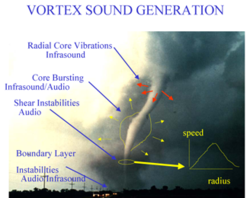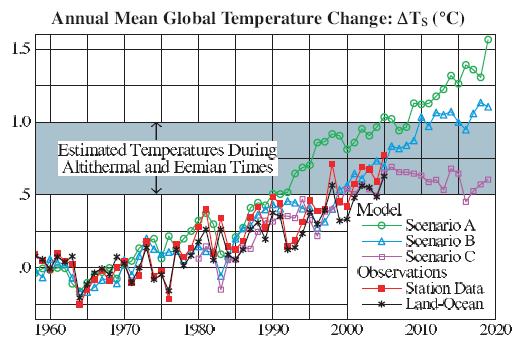Has God made the quantum world p-adic? Part I and II, by Veeravalli S. Varadarajan

Measure-Topology-and-Fractal-Geometry/Gerald-A-Edgar
Golden Mean is also about primes. 2, 3, 5, 7... is primes. A number n > 1 is prime if it cannot be written as a product of two factors a and b, both of which are larger than 1. If 1 were admitted as a prime, the precise statement of the theorem would require additional qualifications, since 3 could then be decomposed in different ways. Primes are applied in several routines in information technology, such as public-key cryptography, and also special types of primes, chiefly Mersenne primes, the prime number theorem, the unproven Riemann hypothesis (where a big sum of money waits its detector), etc. Ideas of Riemann in his 1859 paper on the zeta-function sketched a program which would lead to a proof of the prime number theorem. There are infinitely many prime numbers (Euclids theorem).
Euler's work in number theory included many results about primes. He showed the infinite series 1/2 + 1/3 + 1/5 + 1/7 + 1/11 + … is divergent. In 1747 he showed that the even perfect numbers are precisely the integers of the form 2p−1(2p − 1), where the second factor is a Mersenne prime.
Primes of the form 2^2^n + 1 are known as Fermat primes; Construction of a regular pentagon. 5 is a Fermat prime. Prime numbers p where 2p + 1 is also prime are known as Sophie Germain primes.
Many conjectures deal with the question whether an infinity of prime numbers subject to certain constraints exists. It is conjectured that there are infinitely many Fibonacci primes and infinitely many Mersenne primes, but not Fermat primes. It is not known whether or not there are an infinite number of prime Euclid numbers.
Calculating modulo n means that sums, differences and products are calculated as usual, but then only the remainder after division by n is considered. For example, let n = 7. Then, in modular arithmetic modulo 7, the sum 3 + 5 is 1 instead of 8, since 8 divided by 7 has remainder 1. Similarly, 6 + 1 = 0 modulo 7, 2 − 5 = 4 modulo 7 (since −3 + 7 = 4) and 3 · 4 = 5 modulo 7 (12 has remainder 5). Standard properties of addition and multiplication familiar from the number system of the integers or rational numbers remain valid, the set {0, 1, 2, ..., n − 1}, with addition and multiplication is denoted Z/nZ for all n. In the parlance of abstract algebra, it is a ring.
If G is a finite group and pn is the highest power of the prime p which divides the order of G, then G has a subgroup of order pn. Also, any group of prime order is cyclic (Lagrange's theorem). There is speculation that the zeros of the zeta function are connected to the energy levels of complex quantum systems.
Often a second, additional meaning is intended by using the word prime, namely that any object can be, essentially uniquely, decomposed into its prime components. For example, in knot theory, a prime knot is a knot which is indecomposable in the sense that it cannot be written as the knot sum of two nontrivial knots. Any knot can be uniquely expressed as a connected sum of prime knots. Prime models and prime 3-manifolds are other examples of this type.
Rings and p-adics gives topology.
In ring theory, the notion of number is generally replaced with that of ideal; prime ideals. Prime ideals are the points of algebro-geometric objects, via the notion of the spectrum of a ring. Arithmetic geometry also benefits from this notion, and many concepts exist in both geometry and number theory. In algebraic number theory, yet another generalization is used. A starting point for valuation theory is the p-adic valuations, where p is a prime number. It tells what highest power p divides a given number n. the p-adic norm is set up, which, in contrast to the usual absolute value, gets smaller when a number is multiplied by p. The completion of Q (the field of rational numbers) with respect to this norm leads to Qp, the field of p-adic numbers, as opposed to R, the reals, which are the completion with respect to the usual absolute value. To highlight the connection to primes, the absolute value is often called the infinite prime. Every such valuation yields a topology. The ring of p-adic integers has no zero divisors, so we can take the field of fractions to get the field Qp of p-adic numbers. The p-adic numbers contain the rational numbers Q and form a field of characteristic 0. This field cannot be turned into an ordered field. The relative topology on Z as a subset of Zp is called the p-adic topology on Z.

Mahndisa Rigmaiden shows you how you do. Fingers & Toes generate Mersenne Numbers. Oh My!
The topology of the set of p-adic integers is that of a Cantor set; the topology of the set of p-adic numbers is that of a Cantor set minus a point (which would naturally be called infinity).
Emergence of Prime Numbers as the Result of Evolutionary Strategy, is an article in Phys. Rev. Lett. 93:9 2004, by Campos et.al. I cit. "We investigate by means of a simple theoretical model the emergence of prime numbers as life cycles. The Magicicadas display an uncommon behavior: their emergence is synchronized and these periods are usually prime numbers." A life cycle is also a ring.
"we develop a spatially extended model at which preys and predators coexist and can change their evolutionary dynamics through the occurrence of mutations. We verified that prime numbers as life cycles emerge as a result of the evolution of the population. Our results seem to be a first step in order to prove that the development of such strategy is selectively advantageous, especially for those organisms that are highly vulnerable to attacks of predators."
Do you know what that is? It is quantum biology. You can read about it in TGD. Surprised?
Life cycles, rings, nerve pulse, cognition, consciousness, etc. What did they say? Life, is it life itself?


















